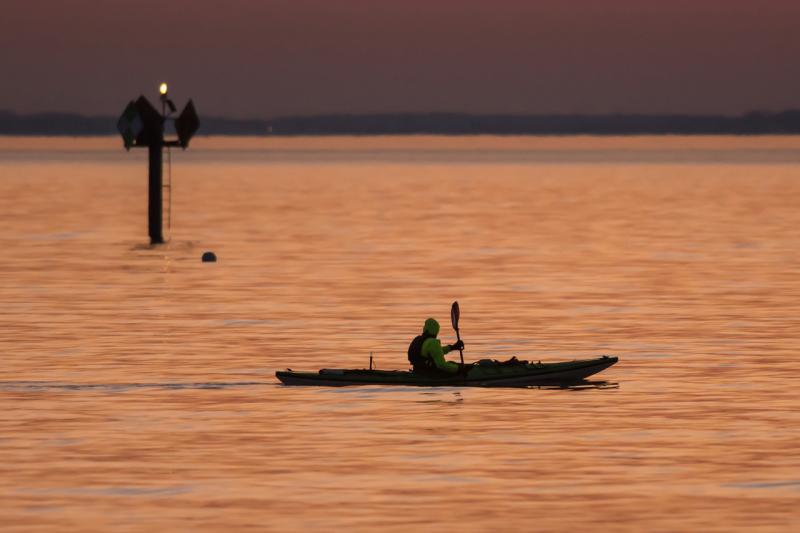The NOAA Chesapeake Bay Office’s Biennial Report to Congress was recently sent to Capitol Hill and is available to the public. The report describes how the NOAA Chesapeake Bay Office, a division within the Office of Habitat Conservation at NOAA Fisheries, leads efforts in habitat restoration, fisheries research, Bay watershed education, and oceanographic observations that lead to real, lasting differences for Chesapeake Bay communities, businesses, and the environment.
A healthy Chesapeake Bay benefits fish, crabs, oysters, waterfowl…and people!
The Biennial Report provides information on how, during fiscal years 2017 and 2018, the NOAA Chesapeake Bay Office provided science, service, and stewardship toward the health of the Chesapeake Bay. For example, the Office:
- Worked closely with federal and state partners to restore oysters in the Chesapeake Bay. This work represents the largest oyster restoration anywhere in the country and perhaps the world, generating millions of dollars and hundreds of jobs each year. It includes collecting and analyzing scientific data and analysis needed for efficient and effective restoration, coordinating work among partners with unique skills, and funding hatchery operations to deliver spat-on-shell oysters to “seed” restoration sites.
- Led the Chesapeake Bay Program’s Sustainable Fisheries Goal Implementation Team, which brings together fishery managers and experts from federal, state, and academic partners around the watershed to apply the latest science to management questions. NCBO also funded research at academic and other institutions to deliver the science needed by resource managers in the Bay watershed states to make future informed decisions.
- In collaboration with the Chesapeake Bay Program, continued efforts to instill environmental literacy into school-district-level programs throughout the watershed, with a goal of enabling every student to have a meaningful watershed educational experience before their graduation from high school.
- Maintained the NOAA Chesapeake Bay Interpretive Buoy System, a program that monitors and deliver real-time information about the Bay’s changing weather and water conditions to a wide variety of users, including scientists, maritime safety agencies, educators, students, and recreational boaters.



